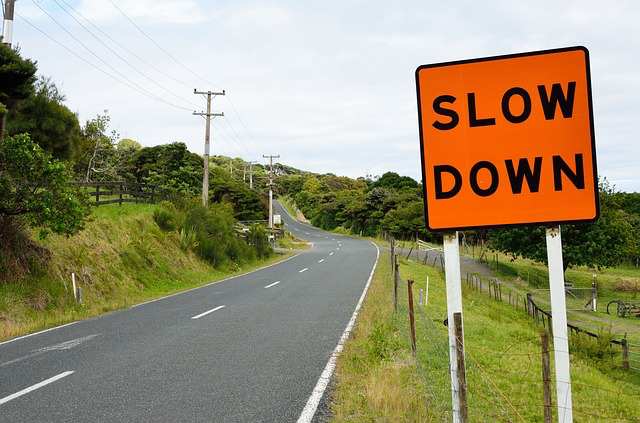Reinsurance to decelerate in 2024. ILS capital raises getting easier: BMO

The hard reinsurance market pricing conditions are anticipated to begin to decelerate in 2024, with capital expected to continue flowing in and insurance-linked securities (ILS) capital raises starting to get easier, analysts at BMO Capital markets said in a recent report.
The BMO Capital Markets team led by Michael Zaremski visited Bermuda in recent days and found “fear is turning into greed, allowing capital to return.”
The analysts state that barriers to entry into reinsurance remain quite low, so capital is expected to continue flowing in and we’ve begun to see more meaningful evidence of this with Everest’s capital raise, RenaissanceRe raising capital to expand by acquiring Validus, as well as rising capital levels in the catastrophe bond fund space.
However, while the hard reinsurance market pricing persists and even beyond 2024, the BMO Capital Markets analyst team says expenses will remain higher for insurers, as “meaningfully higher” property and casualty reinsurance costs weigh.
In fact, as well as higher pricing upfront, the higher costs of reinsurance will play out for primary insurers in their catastrophe loss experience, given stricter terms mean higher retention levels, as well as often narrower coverage.
Pricing-power increases at the mid-year 2023 reinsurance renewals are forecast to be in the 30% to 40% range by the analysts, aligned with other sources, which is higher than the 28% to 38% ranges seen at January 1st.
However, the mid-year reinsurance renewals are seen as much more orderly than January, given the expectations had already been set, capacity already lined up with early marketing of programs, and supply-demand far more balanced and known than at the end of 2022.
The analysts point to lower cat bond spreads as a sign of increasing appetites for catastrophe risk. As we reported earlier, cat bond market yields are down, but still near record highs.
Terms and conditions aren’t budging, it seems, with the BMO Capital Markets analysts saying, “Terms & Conditions remain as tight as can be, meaning reinsurers will be on the hook for meaningfully less market share of overall catastrophe losses in 2023 vs. prior years.”
Onto the insurance-linked securities (ILS) market, while capital raises remain “tough”, the analysts say they understand them to be “getting less tough versus 1/1/22 and 1/1/23” of late.
“Most of the money coming in the door is from financial sector specialists who are deeper in the weeds on insurance fundamentals whereas pension funds and more generalist money is still much tougher to come by versus pre-2022,” the report explains.
The one area seeing more meaningful interest again from pension fund investors is the catastrophe bond market it seems, although we hear some private quota share arrangements are securing pension backing more meaningfully than they did last year.
Similarly, retrocessional reinsurance capacity is starting to increase, the analysts explained, but like traditional reinsurance, this is at much tighter terms and conditions than a year ago.
Insightfully, the analysts state, “Retro is an enabler for reinsurers. For every $1 of retro, approximately ~$4 of reinsurance can be written.
“That rule of thumb might not be the case today given tighter terms and more uncertainty over retro being available in subsequent years.”
It’s important to note the use of language, as “decelerate” does not equal softening. Rather it implies that 2024 will see rate gains, albeit at perhaps much slower quantum than we’ve seen in 2023 so far.
Which aligns with what we’re hearing from reinsurance and retro providers, traditional and ILS, including cat bond investors, that the desire is to hold onto gains made and not see pricing soften back anywhere near to the levels we saw around 5 to 7 years ago.






